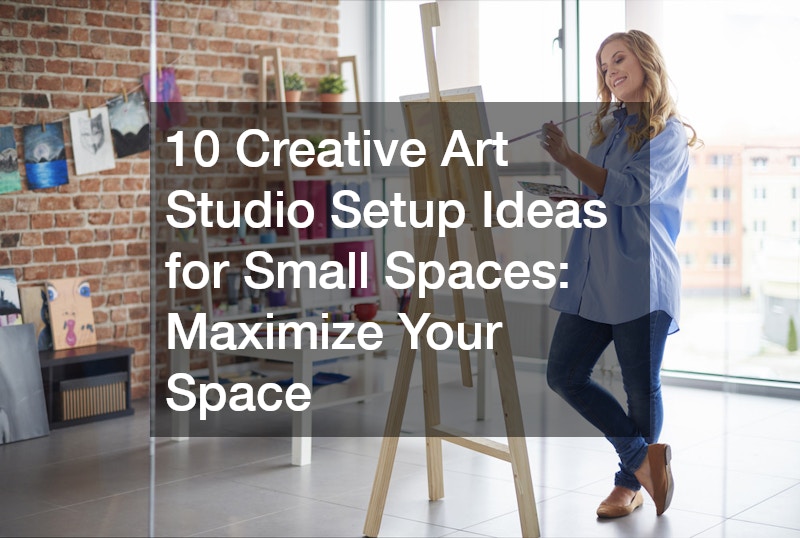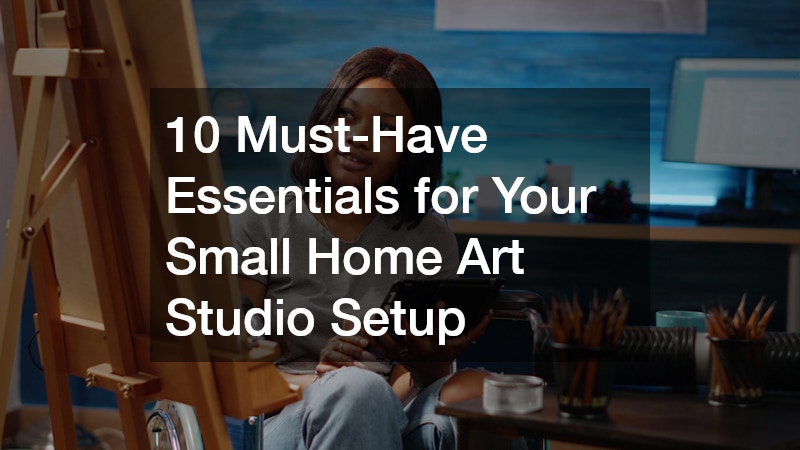Posted inHome
Wholesale Fabric 101: Everything You Need to Know Before Buying in Bulk
Wholesale fabric plays a vital role in industries ranging from fashion design to upholstery to small-business retail. Buying in bulk allows companies and creators to access high-quality materials at significantly…









